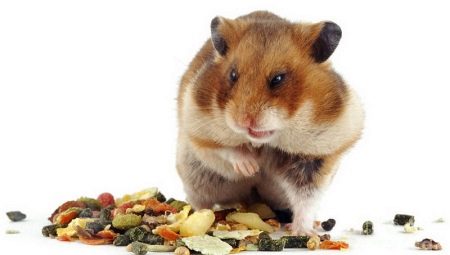Hamsters are dearly loved by children, so in many families they are brought up as pets. These are cute and funny animals that seemed to gnaw at everything that comes to their hands. Nevertheless, owners should understand that there are subtleties in feeding a small rodent.
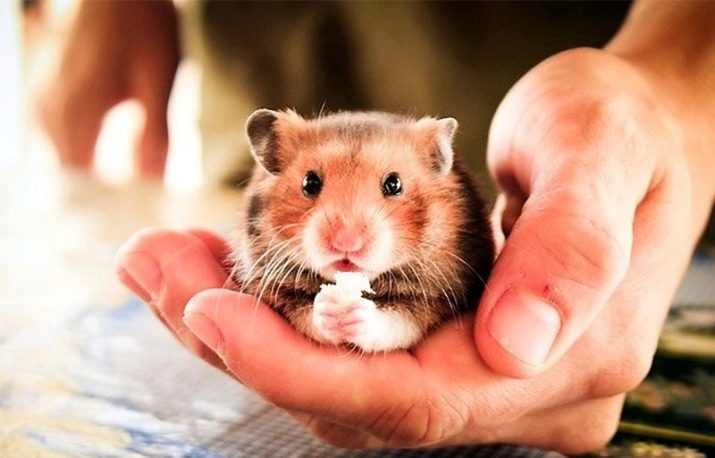
Power Features
In nature, the food of hamsters directly depends on the characteristics of the habitat of animals. Under natural conditions, these small animals prefer to live in the field, because their main food is cereals. If not far from the area there is a village or other locality - animals must visit it, look for storage places for harvested vegetables and fruits. They also look for food in vegetable gardens and orchards, with great desire to eat grapes, apples, raspberries, strawberries and other crops grown by people.
In the warm season, greens become the basis of food, funny pussies eat young juicy grass, shoots and leaves, and if on their way they meet worms or spiders - be sure that they will not disdain them either.
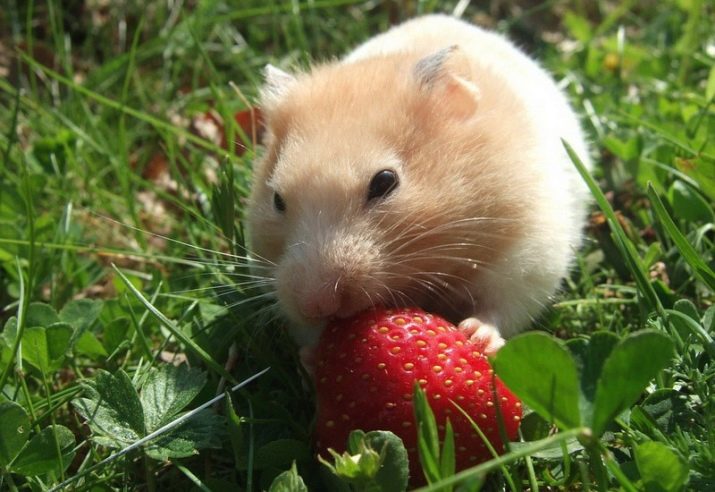
Hamsters are kind and cute only in appearance, in fact they are bloodthirsty animals, forced to survive in the wild, so they eat meat if they see a wounded animal.
The nutrition of hamsters in captivity should be close to natural, which is why 70% of the menu is usually cereal foods, including oats, millet and buckwheat. It is best to purchase ready-made mixtures in pet stores - they are enriched with vitamins, micro- and macroelements, important for the health of a small rodent.However, you can make a grain mixture yourself by buying several types of cereals on the agricultural market. In this case, the diet will need to be supplemented with vitamin-mineral supplements.
In houses, hamsters with great pleasure nibble a variety of vegetables, sweet fruits and juicy berriesthey always like boiled chicken, pumpkin and sunflower seedsbut also dry crumbly cottage cheese, chicken, duck or quail eggs - such products are not introduced into the diet every day - 2-3 feedings per week are sufficient.
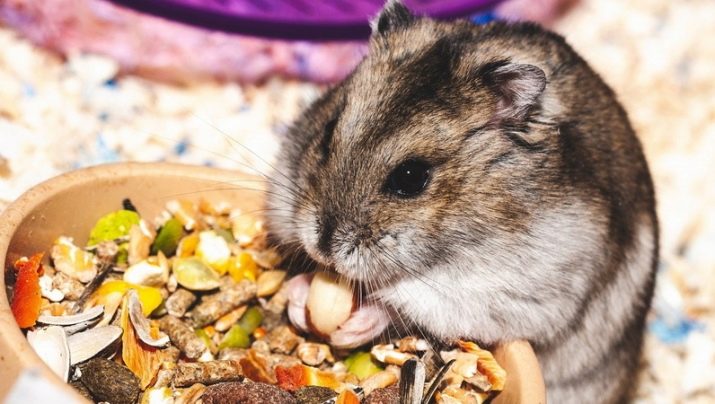
Vitamins and minerals are usually added to animal feed grains by mixing with fruits. - however, it is necessary to monitor the reaction of the rodent, as there are frequent cases when hamsters have an allergy to one or another component of the complex.
Must be present in the animal menu young greens - Vitamin supplements from dill, dandelion and milk thistle are very useful for pets.
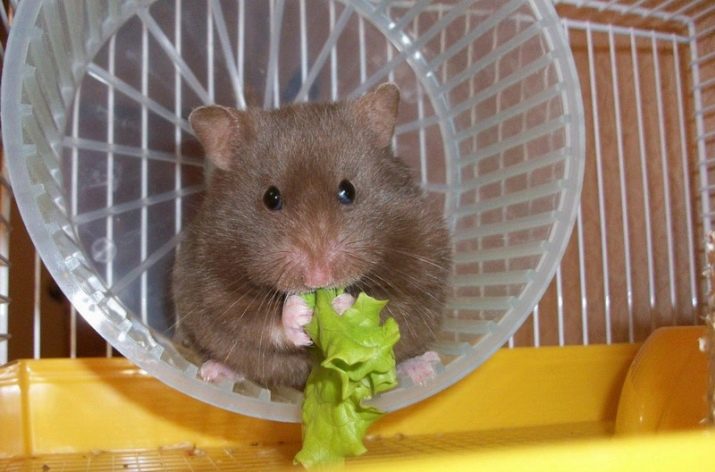
You need to understand that any perishable product from the enclosure should be removed no later than 5-7 hours, otherwise the rodent will get food poisoning, wither and may even die.
As you know, hamsters are mostly nocturnal, therefore the evening is the main feed intake. Although animals need to be offered food twice - usually in the morning they are given 1 tablespoon of dry grain food, and in the evening vegetables, cereals, protein foods and meaty fruits are added to cereals.
It should be remembered that for any rodent, food is not only a livelihood, but also a source of replenishment of its food supplies. If you notice that the food you offer begins to disappear from the feeder at a tremendous speed, this does not mean that the hamster eats too much - most likely, he simply hides the food “for a rainy day”. Therefore, from time to time, it is necessary to revise the contents of the cell and remove all excess products, and in order for your pet not to be so sad to part with the accumulation, leave a few seeds and cereal grains in his pantry.
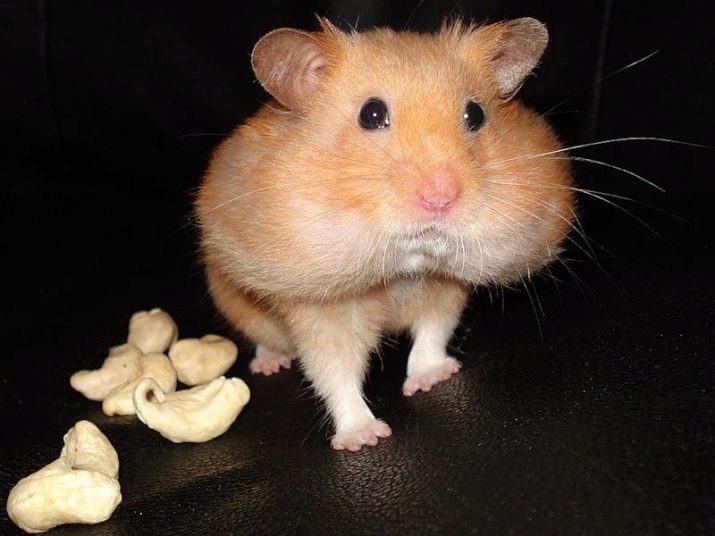
Special attention is paid to the nutrition of small hamsters. In the overwhelming majority of cases, their feeding lies on the female, and she personally delivers the lure necessary for her cubs to the equipped nest. But there are situations when a mother dies or, for some reason, shows aggression towards her children and refuses to feed them. In such a situation, the care of the kids rests entirely with the breeders.
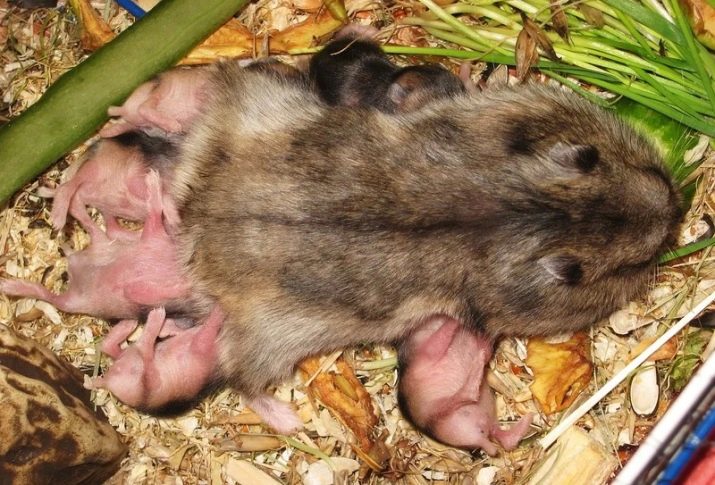
No need to be upset - in any pet store you can buy specialized mixtures for feeding newborn kittens, they are quite suitable for hamsters. They are diluted in plain water to the consistency of milk, this solution is given to the young with a plastic pipette or a thin brush for drawing with a frequency of 2 hours. After each feeding, you need to massage the tummies of the crumbs in a circular motion clockwise - this will help to avoid digestive problems.
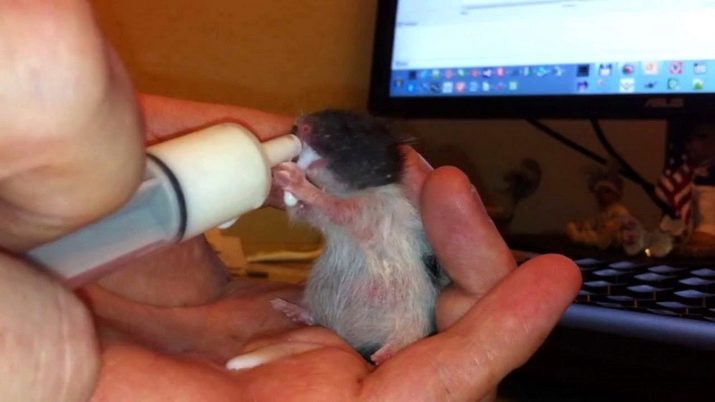
When the newborn is 2 weeks old, the menu can be supplemented with mashed cereals, cooked in plain water without sugar and butter, in the third week you can enter in the menu vegetable or meat puree (any one intended for feeding children, for example, “Subject” or “Agusha” will fit ) Closer to the month you can add grated cottage cheese, boiled egg yolk and pumpkin. During this period, hamsters can be gradually transferred to adult food, but until a month and a half, the main feed should still be mixtures.
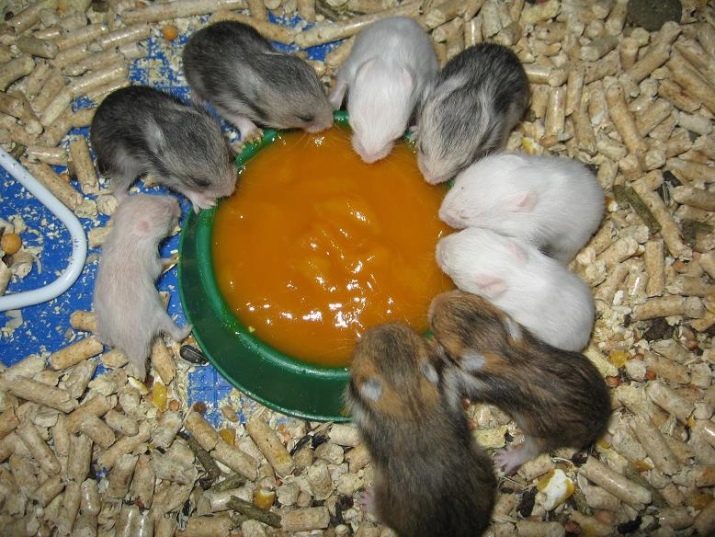
Stern
Caring owners choose ready-made feeds for their pets - they are sold at any pet store. Such a cereal mixture already contains the right amount of nutrients, micro and macro elements, depending on the manufacturer, even pressed herbs can be included in the composition.
The benefits of ready-made grain feed are obvious:
- no need to select grains and mix them in optimal proportions, everything has already been drawn up and balanced;
- it is convenient to comply with the dosage;
- this food will not deteriorate when stored in the “pantry” at the animal.
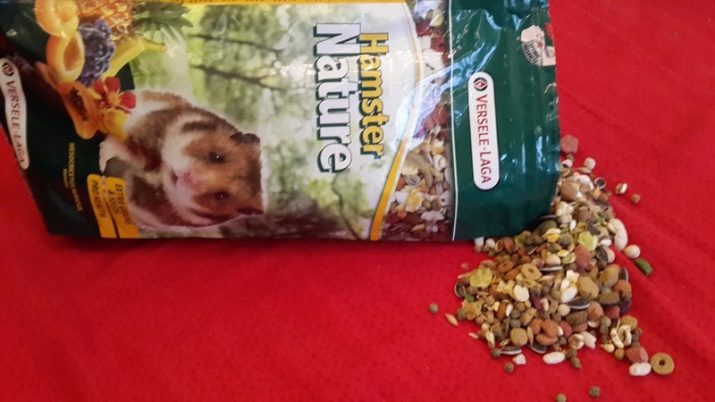
Keep in mind that you cannot buy food for your hamster for other rodents, and even more so for birds - each animal needs a special set of minerals, vitamins, its own combination of BZHU and calorie content, so such an experiment in the best case ends with an upset digestion of pets, at worst it’s possible adverse outcome.
Cereals and nuts
In nature, hamsters often feed on various cereals and nuts, therefore, in captivity, you can offer your furry pet:
- sunflower seeds, as well as pumpkins and melons, however, these components can be rarely included in the menu, they are too high-calorie and fatty;
- green peas, lentils, chopped chickpeas and other legumes;
- nuts - It is best to use walnuts, as well as peanuts, hazelnuts and cedar grains;
- corn - Suitable for all species of rodents except Campbell hamsters.
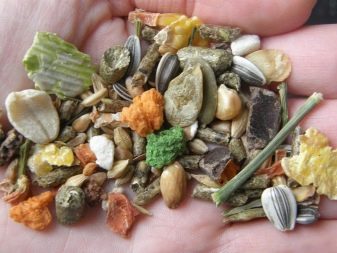
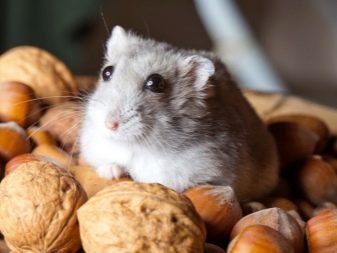
However, not all nuts can be safely added to the diet of homemade pussies. Hamsters are strictly contraindicated:
- almond - it causes poisoning of the animal;
- Brazilian nut - the product is too heavy for the digestive tract of the hamster;
- fruit seeds - they contain toxic hydrocyanic acid and dangerous toxins.
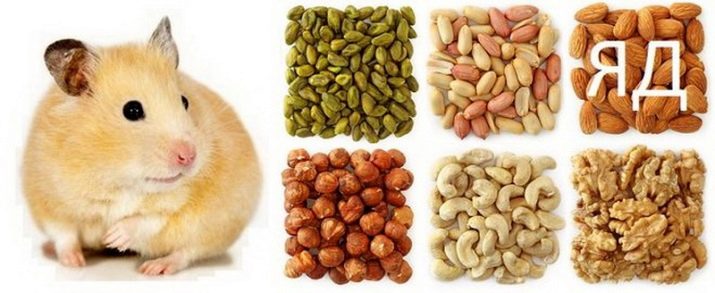
Is it possible to feed them with fruits and berries?
As you know, vitamins will not hurt anyone, and hamsters are no exception. For a small rodent, you can use almost all the fruits growing in the area where animals live, so we will focus on those fruits that hamsters introduce a diet not recommended: citrus fruits (tangerines, grapefruits, lemons, limes and oranges), pineapples, pomegranates, as well as kiwi and avocados.
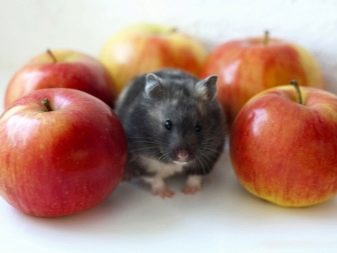
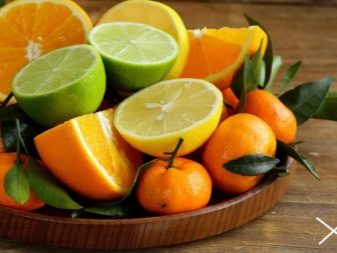
Try to limit your intake of fruits with a high sugar content: apricots, sweet melons, pears, grapes and ripe bananas - they can be offered only occasionally in small quantities. The fact is that all hamsters are predisposed to the development of diabetes, because the abuse of such products will simply kill the animals.
As for the berries, the recommendations here are similar - less sweet and moderate consumption. Most suitable for hamsters:
- Strawberry:
- cherries and cherries;
- currant;
- Blueberries
- blueberry;
- gooseberry.
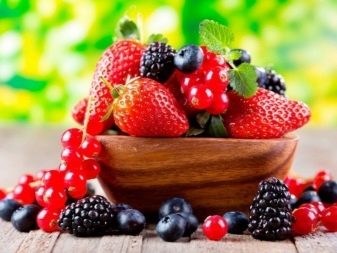
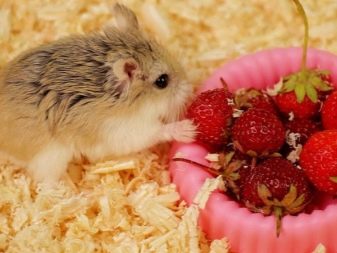
Do not forget that sour berries are unsafe for your pussies. All fruits must certainly be ripe. Dwarf breeds are given less fruit than Syrian hamsters because of the predisposition of the dzungariks to pathologies of the endocrine system.
Greens
Hamsters need juicy greens, it is advisable to enter it on the menu daily. Everything you need can be obtained in your garden: dill, celery and lettuce leaves, carrot or beet tops. If possible, treat your pets with young twigs of fruit plants and dandelion leaves, young bamboo will not harm this animal.
But it’s not quite right to treat the hamster with sorrel, mint, basil, oregano, and spicy plants. Of course, simple street grass, especially the one whose origin is difficult to determine, should not be given to a beloved hamster.
Once a week you need to treat the animal germinated oats or wheat grains - they contain the whole set of vitamins important for the health of the rodent, supporting its full growth and development.

Do they eat vegetables?
In captivity, fresh vegetables must certainly be included in the hamster's menu, they must be given even in that situation if you buy ready-made cereal mixtures for feeding the animal.
Hamster shown:
- zucchini and squash;
- carrots and beets;
- pumpkin;
- broccoli and cauliflower;
- leaf salad;
- cucumber;
- a tomato;
- eggplant.
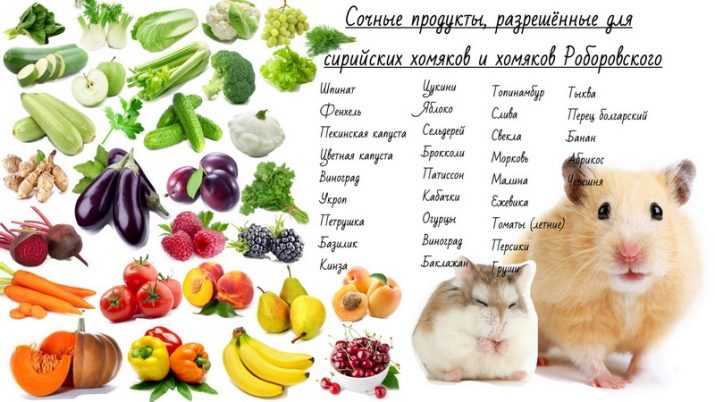
But the taboo on products such as:
- White cabbage - provokes pain in the stomach and intestines;
- potato - contains too much starch.
Of course, the use of canned vegetables is strictly unacceptable - they have a lot of salt and vinegar, and they are just as dangerous for the hamster as all other seasonings.
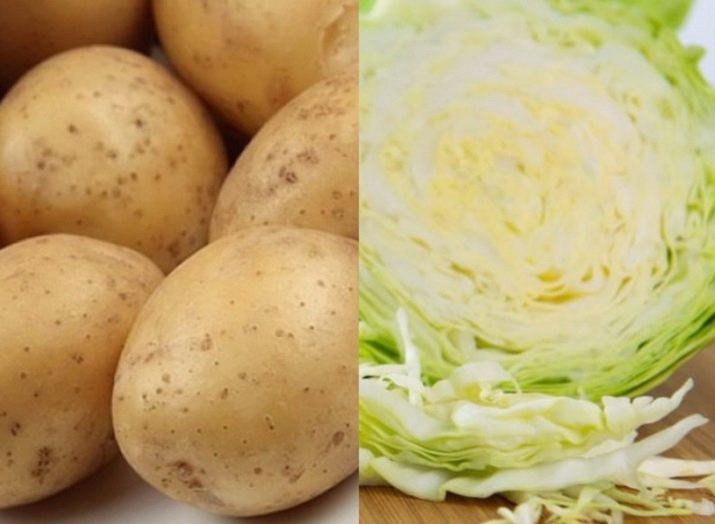
Keep in mind that you don’t need to give your pussies a lot of vegetables at a time, most likely, he will drag a part “in reserve” into his pantry, where they simply go bad.
Other goodies
As we already mentioned, a hamster is not a cute animal at all, but a real predator, therefore, to maintain normal life activity, it needs protein at least 2-3 times a week.
As their source are suitable:
- boiled chicken (white meat);
- chicken egg protein (you can replace it with quail);
- boiled white fish without stones;
- dairy and sour milk products with low fat levels;
- insects (you can buy them at any pet store).
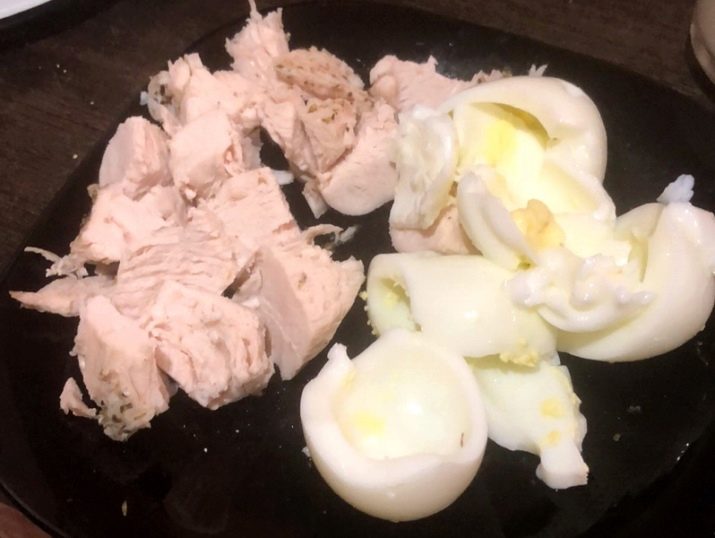
The use of fatty dairy products and sausages is unacceptable.
What should not be given to hamsters?
In general, you already imagine how you can feed your hamster, and how - it’s not worth it. In addition to all that we have already mentioned, you can additionally include in the list of prohibited products:
- bread - the yeast contained in it leads to digestive upset and fermentation in the intestines;
- spices, spicy and sharp herbs;
- all products with high fat content;
- everything is fried, smoked, pickled and canned.
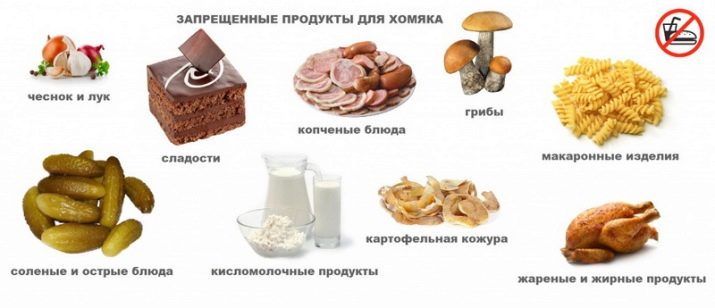
Any sweets are strictly contraindicated to rodents: ice cream, halva, as well as kozinaki, honey, biscuit, sweets and, of course, chocolate, for any hamster they represent poison that slowly kills them.
The menu should not contain products such as butter, heavy cream, homemade sour cream, yogurt, kefir and milk.
Macaroni and breadcrumbs are also dangerous for a pet - they contain dangerous ingredients for your pussies.
As evidenced by the reviews of individual breeders, their pussies often take part in "family dinners" - they consume the same thing as their owners. It’s quite interesting to watch how the rodent “looks” at the big dish, but you still don’t need to welcome such a meal - human food is often too heavy for hamsters, therefore it is permissible only in small doses.
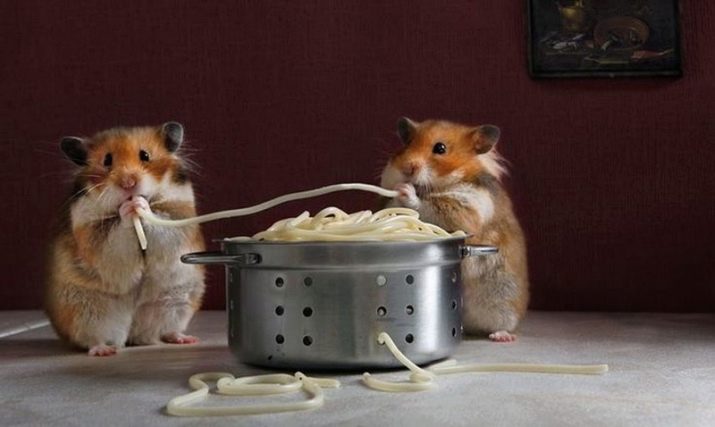
There is an opinion that, like any other rodents, hamsters are not indifferent to cheese and do not deny themselves the pleasure of gnawing this product completely. However, in practice, such food is completely useless for pussies - it contains too much salt, animal fat and seasonings, therefore, it affects the health of the pet in the most destructive way. However, it is still allowed to consume such a product once a week in the amount of not more than two sunflower seeds.
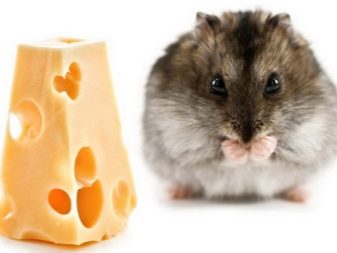
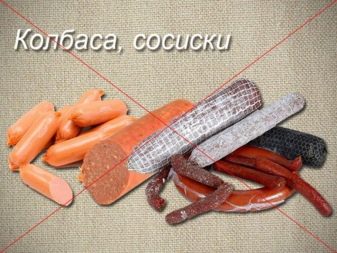
It is strictly forbidden to feed your hamster with sausages, ham, sausages, as well as mushrooms and sour cream. It is forbidden to leave coniferous branches in the enclosure.
In nature, hamsters love to enjoy earthworms - they eat them with great pleasure. However, you should not dig them out in your garden - they can be carriers of an infectious disease, and therefore, quite often, after such a treat, the rodent gets sick.
Keep in mind, if you make up the diet of your hamster from those products that you buy on the market, then you definitely risk the health of your pet. After all, you cannot for certain know exactly where the young greens, this or that fruit came from from the seller. Perhaps they were raised next to a dusty, contaminated highway, it is possible that they were treated with chemicals that are very dangerous for any hamster to accelerate the growth of the culture.
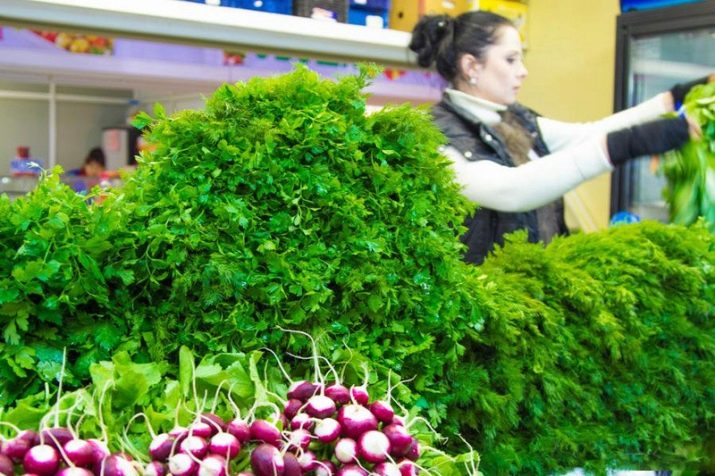
Safe food is one that you or your friends grew on your own site.
In conclusion, let us dwell on the question of how to water a rodent. In some guidelines for caring for this animal, there is information that these animals can easily do without water, getting all the right amount of liquid from berries, fruits, as well as vegetables. This statement is erroneous and even dangerous - rodents need water every day, otherwise it will wither from thirst.
It is desirable that the liquid in the cell is in a special drinker fixed on the bars of the cell.It’s better to use bottled or filtered water, Do not forget to change it daily, even if the hamster drank quite a bit.
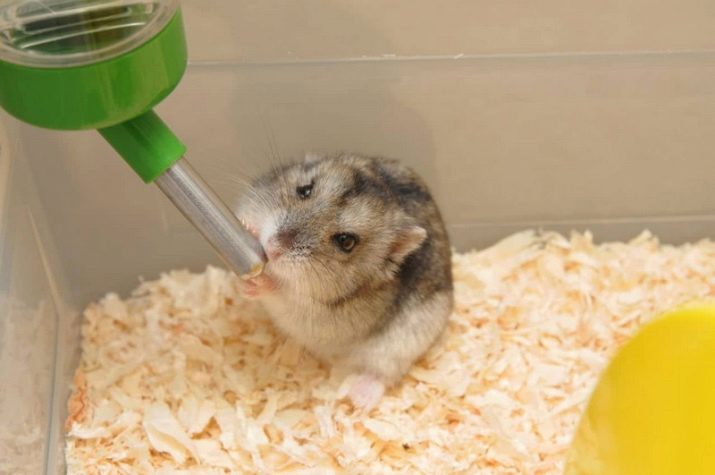
The issue of feeding a hamster must be approached with all responsibility. Each breeder must decide for himself what he will feed his pet based on his preferences, monetary capabilities and recommendations of veterinarians. remember, that not only the strength and vigor of a cute fluffy, but also its health, as well as its lifespan, largely depends on the quality of the offered food.
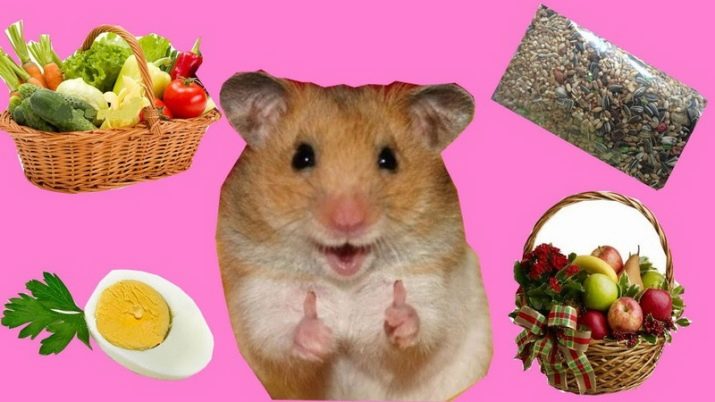
See how to feed your hamster in the next video.
